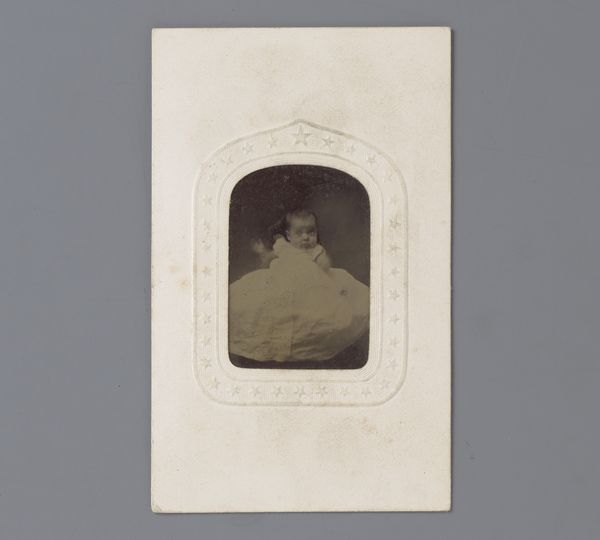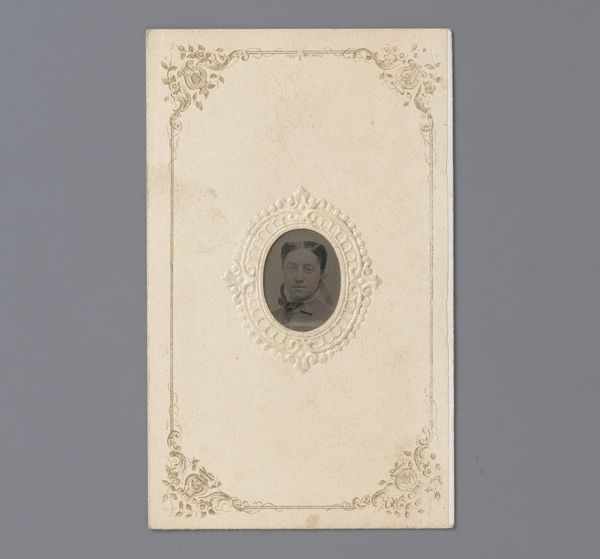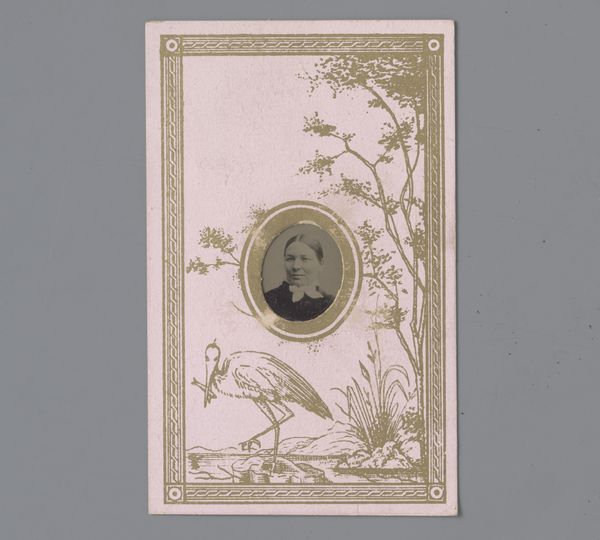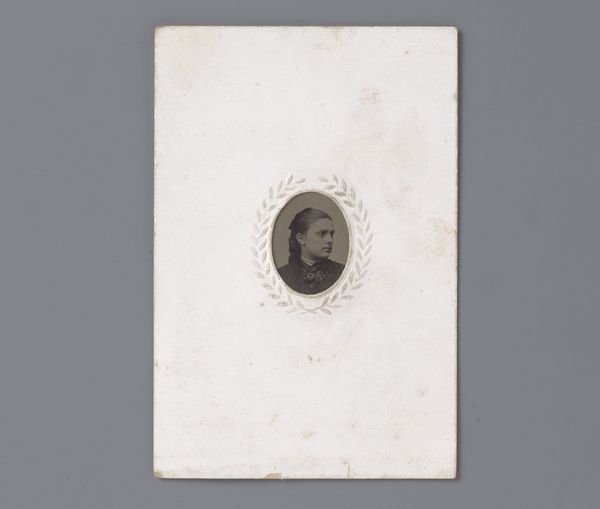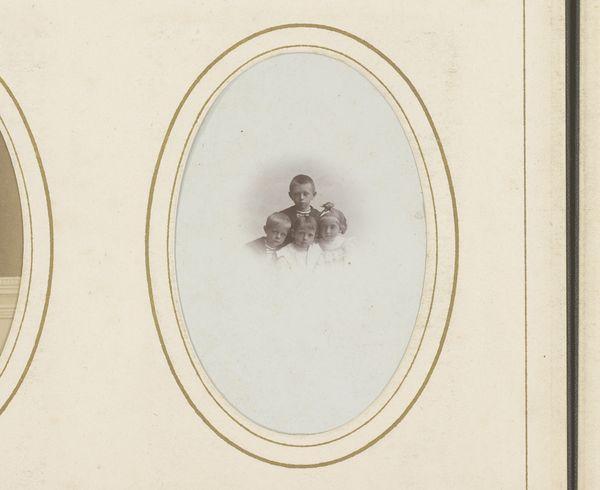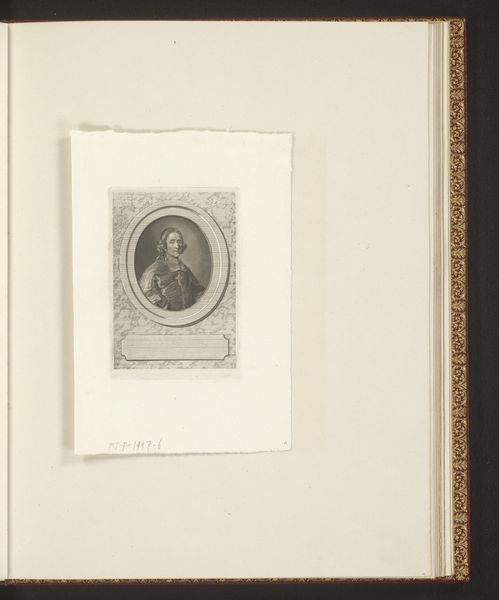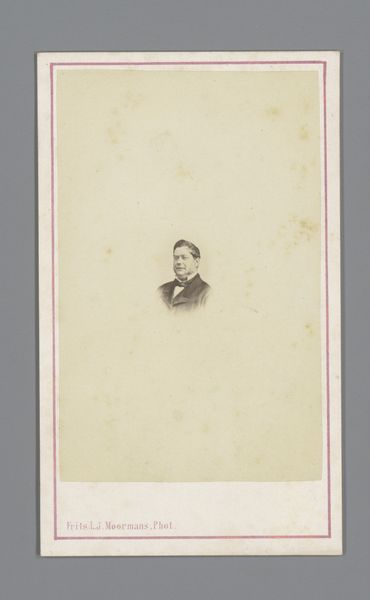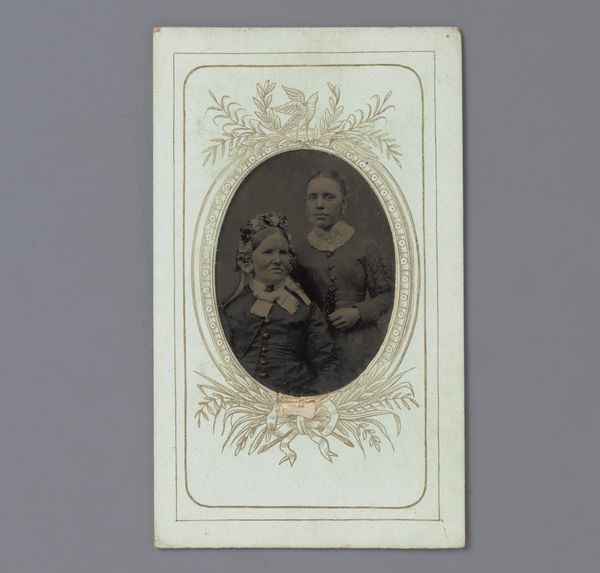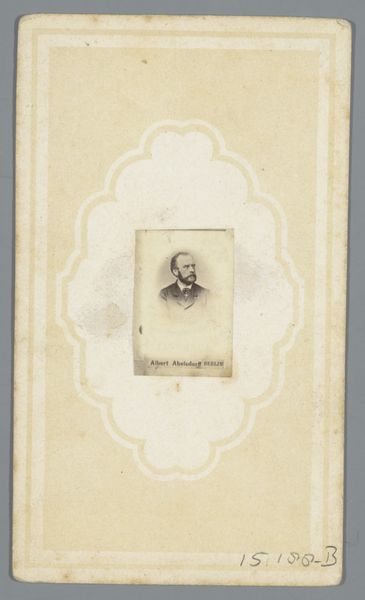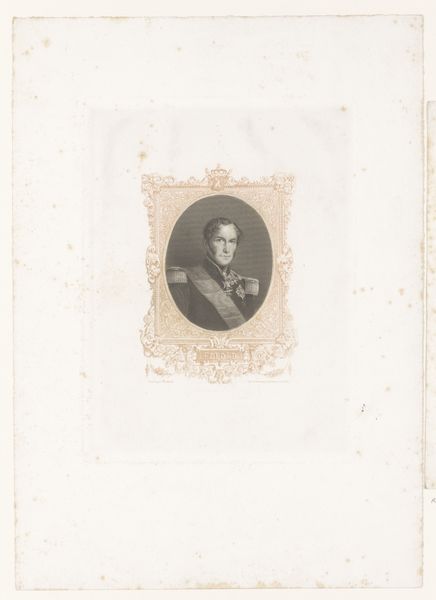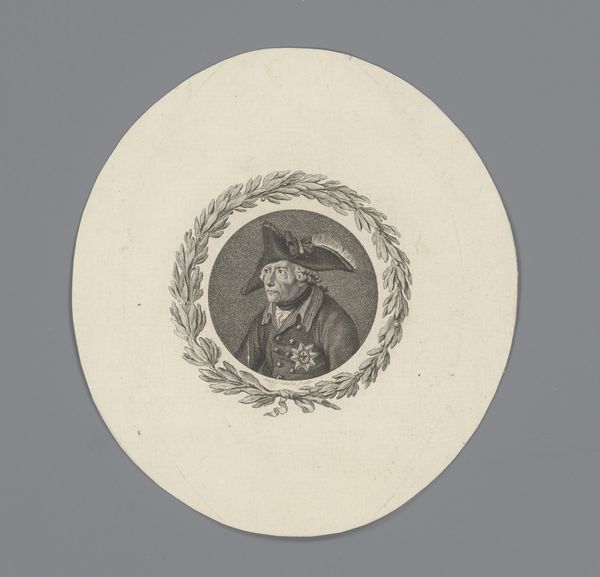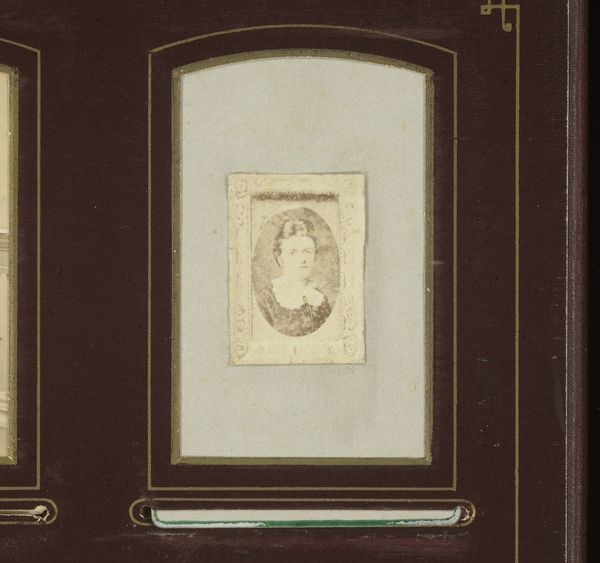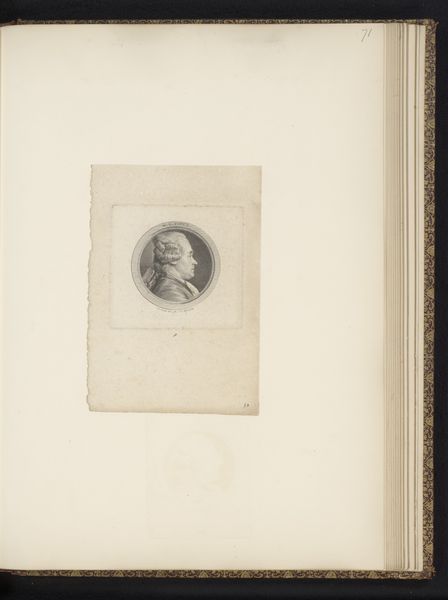
daguerreotype, photography
#
portrait
#
daguerreotype
#
photography
Dimensions: height 17 mm, width 22 mm, height 102 mm, width 65 mm
Copyright: Rijks Museum: Open Domain
Editor: This is a portrait from the late 19th century, between 1860 and 1880. It’s called “Portret van een onbekende man in uniform," or “Portrait of an Unknown Man in Uniform." The artist is "Photographie Americaine." It's a daguerreotype, so a very early type of photography. I find it captivating, this small window into the past. What strikes you most about it? Curator: As a materialist, what grabs me is the process. Consider the labor involved in producing a daguerreotype – the meticulous preparation of the silver-plated copper, the exposure time, the handling of mercury vapors. It's an incredibly material process compared to our digital world. And, what do we know about the “Photographie Americaine"? Was it truly American, or a European studio trying to sound modern? What class of people did they target? The production process and the potential consumer were crucial aspects of its significance, even the consumption of photographs like these was influenced by social conditions. What do you make of the uniform? Editor: The uniform gives a clue! So maybe this photo was meant for mass consumption as a way for families to have images of loved ones who fought in the war. Given the photographic medium, this portrait is almost more like a reproduction of an image and not something completely original to begin with. It definitely calls into question how we think of artwork existing within social systems of labor and consumption. Curator: Exactly! This seemingly simple portrait offers a fascinating entry point into the economic and social history of photography. Daguerreotypes democratized image production, shifting artistic expression and redefining concepts of portraiture and its societal impact through material consumption. We shouldn't forget that it allowed the expansion of portraiture among the rising bourgeoisie, influencing social class divisions, while simultaneously altering perceptions of craftsmanship and artisanal creations! Editor: Wow, I hadn’t considered that it had such profound socio-economic significance beyond just being an image of someone! This perspective shifts the value away from just the man’s image, towards what this portrait meant as an item that participated within this time period. Curator: Indeed. Examining the art materials and historical conditions reveals insights often overlooked by traditional art history narratives.
Comments
No comments
Be the first to comment and join the conversation on the ultimate creative platform.
